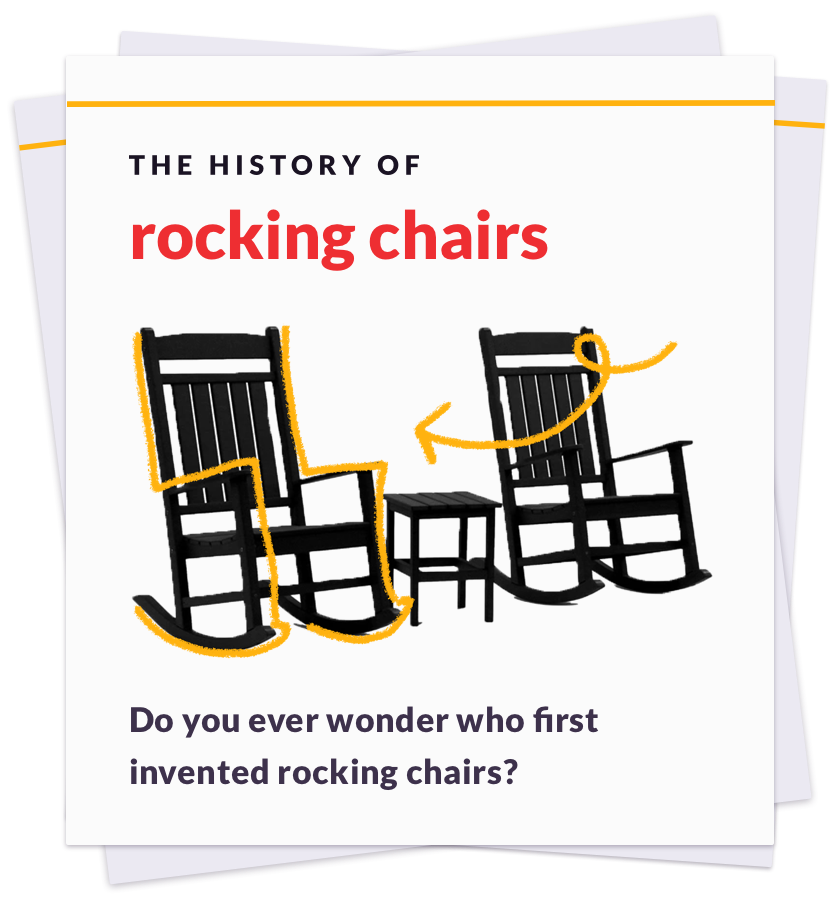Alphabet blocks appeared as early as 1693, when philosopher John Locke suggested that “dice and play-things with the letters on them” could help “teach children the alphabet by playing.” A little over a century later, Friedrich Wilhelm August Froebel introduced geometric solids carved from wood, which lead to alphabet blocks shortly thereafter. (Interestingly, Froebel was also responsible for pioneering kindergarten.) In 19th century America, alphabet blocks were marketed as a way to help children recognize the shapes of letters and were often seen in playrooms and classrooms, just as they are today. Traditionally, the blocks were homemade or handmade, but various companies now sell quality alphabet blocks. Colorful, fun to play with, and educational, they remain a favorite of children and parents alike. Not only do they play a role developmentally, but alphabet blocks can also inspire a child’s imagination — for example, famed architect Frankly Lloyd Wright even credited his interest in buildings to the alphabet blocks his mother gave him!

Your go-to guide for weird history facts
Subscribe to the FREE daily email that makes learning about history fun.


